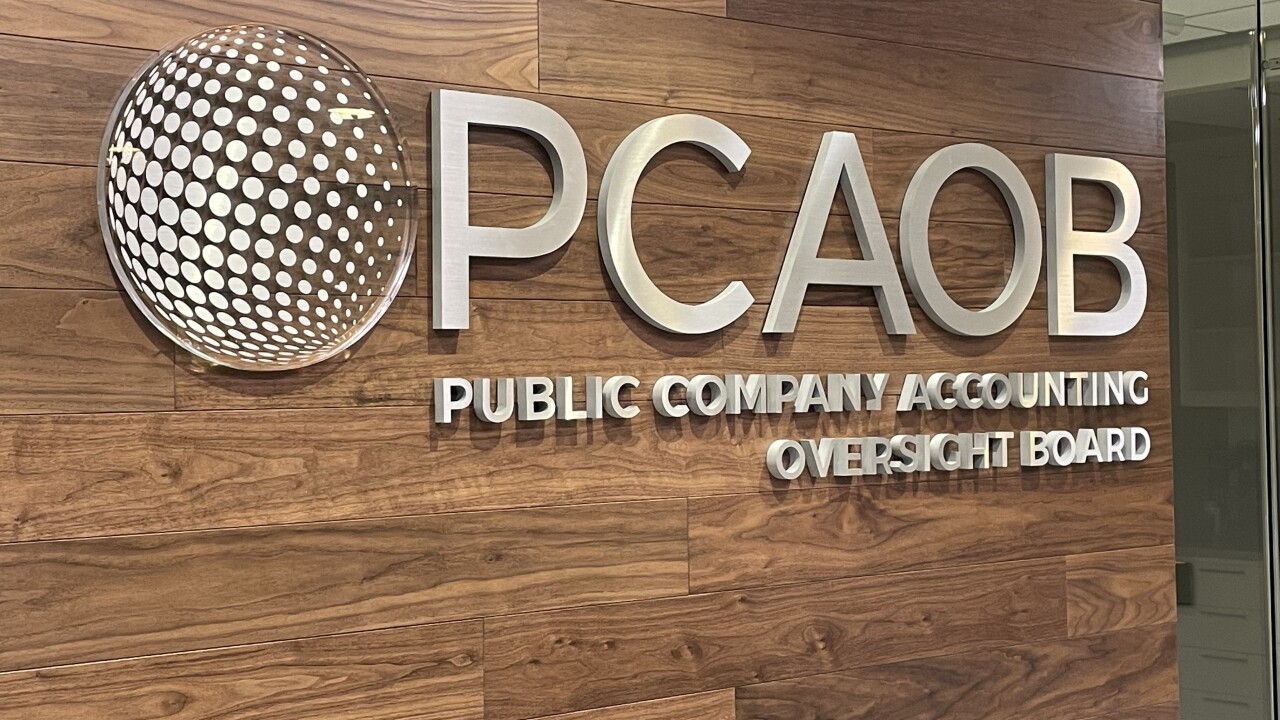You're a small accounting firm, doing your regular everyday thing, when someone tells you the other firm across town has adopted an expensive new automation system that's leagues past whatever it is you're using. Do you try to buy the same system to keep up with them, or do you save your money and invest in things that differentiate you from them?
A
The researchers specifically examined the adoption of robotic surgery systems in U.S. hospitals, as this metric lent itself well to quantification. When a competitor in this space adopted the new technology, others in the same market had to simultaneously evaluate their two choices: imitate the competitor by also adopting the technology, or differentiate themselves by spending the money elsewhere.
Broadly, they found that a company is less likely to adopt new technology (i.e. "imitate") when organizations are serving more difficult customer needs; conversely, those who address less difficult problems are likely to accelerate adoption of that same technology.
For example, one organization studied by the researchers had a competitor that invested heavily in cardiology services, and had to decide whether to compete head-to-head by adopting the same technology. They determined the opportunity costs were very high and they could instead focus that same effort and money on an area that would allow them to differentiate and be a market leader in that other area. Plus, cardiology services weren't in high demand among their patients.
"They have to evaluate the decision based on their own individual needs," said Shirish Sundaresan, an assistant professor at Georgia State University who led the study. "Which of these two paths is going to lead to the most success? We can show that things like knowledge spillovers, opportunity costs, things that really drive the competitive behaviors of firms can be very different based on an organization's own individual customers, and the tasks that they have to solve."





